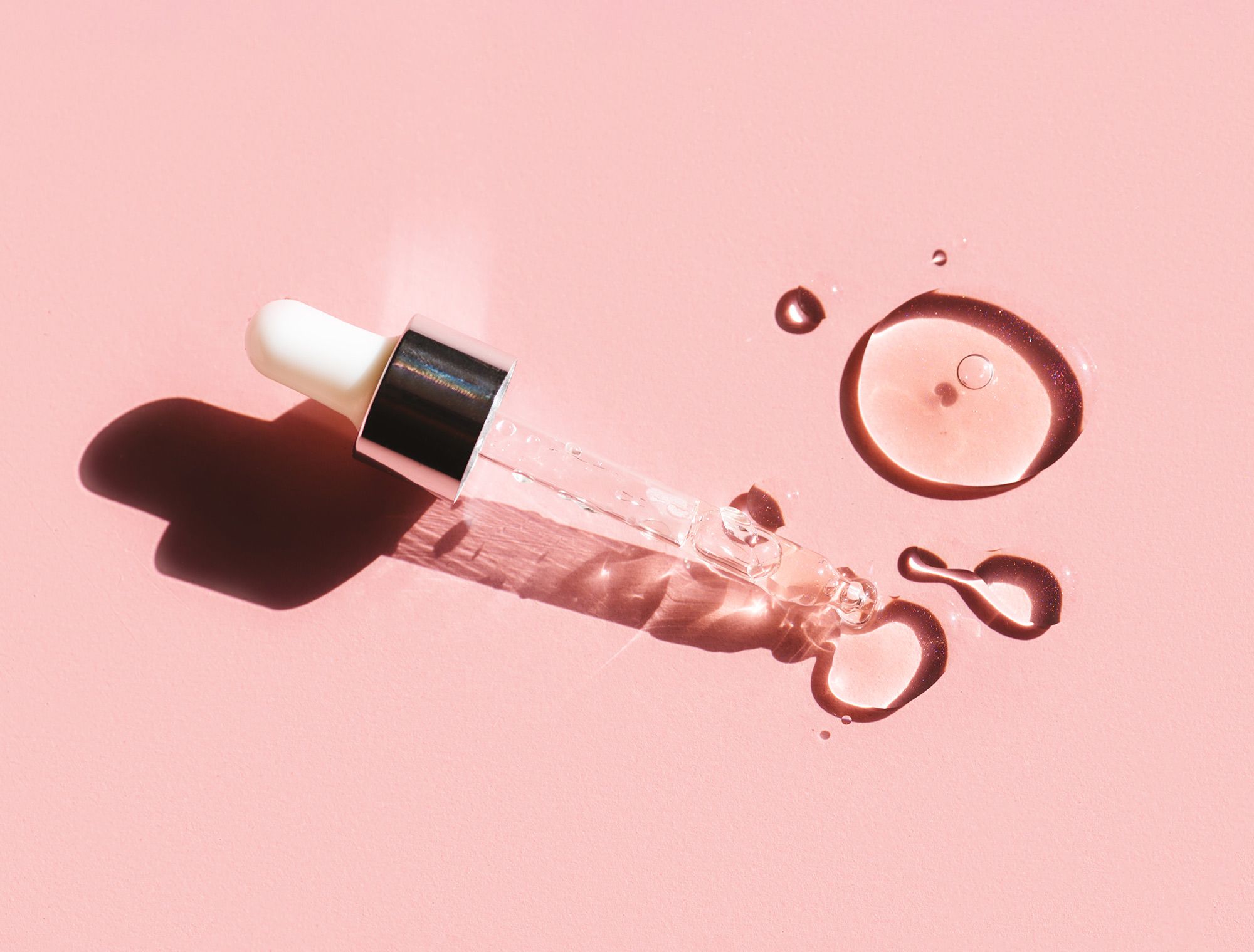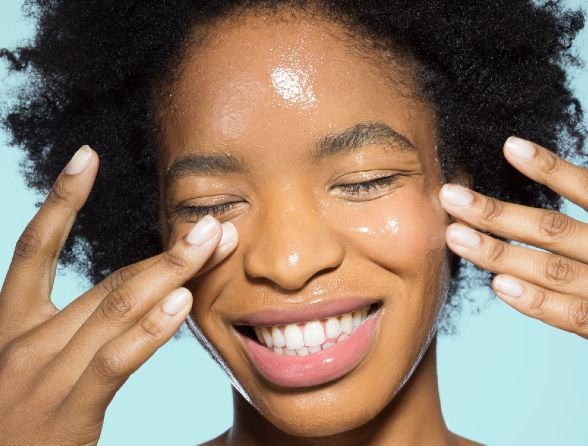Vitamin sea: 5 reasons why algae are your skin’s best friends
Algae are floating to the top of the list of skincare’s most popular ingredients. Here are five reasons why…
They are eminently sustainable
Algae grow and regenerate fast, using very few resources, limited space, and without competing with other plants. That means they are easy to farm without burdening the environment. In the UK, ‘wild’ seaweeds are usually harvested by local communities with an in-depth knowledge of the ecosystem, and subject to EU wild harvesting organic aquaculture standards.
They hydrate thirsty skin
Humectants are substances that draw in water from the environment and bind it to the skin to plump and hydrate it without any oiliness. Hyaluronic acid is one example, as are glycerin and sorbitol. However, algae also performs the same function. Think of how dried seaweed turns to gelatinous plumpness in the presence of liquid, and you get the idea. ‘There are any number of marine algae extracts that make for excellent humectants,’ says cosmetic scientist and microbiologist Prudvi Kaka. ‘One added benefit of making algaes your humectants of choice is that they make for serums with really light, water-like textures, whereas hyaluronic acid and glycerin can be sticky.’ Prudvi particularly rates blue-green microalgae and red seaweed’s hydration potential.
They reinforce the lipid barrier
The function of your skin’s lipid barrier is to keep moisture in and pollutants and other assailants out. To stay robust, it needs essential fatty acid-rich lipids and ingredients that promote a well-balanced population of friendly microbes. Many microalgae are naturally rich in skin-loving omega 3 and 6 fatty acids, making them protective and nourishing. Algae is also teeming with natural sugars, proteins and minerals. ‘This makes them excellent prebiotics – “food” that makes good bacteria thrive,’ says chemist and microbiome specialist Dr Marie Drago. A diverse mix of microbes shields skin from irritants and invaders, and so works alongside fatty acids to calm and strengthen skin.
They quell inflammation and redness
Many species of algae (including chlorella, a type of green algae) are rich in anti-inflammatory compounds that work topically to calm irritation, and can go some way to soothing skin disorders like eczema. Prudvi again points to blue-green algae extracts, this time for their soothing gamma-linoleic acid. Marie is keen on extract of fucus vesiculosus (or, more prosaically, Bladderwrack). ‘We’re seeing really great inflammation-busting and depigmenting results, which makes the extract particularly effective against undereye circles,’ she says.
They are anti-ageing
As algae have survived for millions of years under the beating sun and in polluted environments, they are full of compounds that protect against environmental assault. There is even mounting evidence that some algae absorb and neutralise UV rays. The queen of marine antioxidants may be astaxanthin, a bright orange compound said to be 6,000 times more powerful than vitamin C as an antioxidant. Others to look out for are alginic acid and phlorotannins.
Depending on the strain, some algae have high levels of hero anti-ageing ingredients like vitamin C and A, or compounds that function in a comparable way to regenerate skin. Prudvi loves aphanizomenon flos-aquae, a freshwater algae extract which acts as a natural retinoid. Elsewhere in biotechnology (which produces useful compounds from living organisms such as bacteria and algae) algae extracts are being manipulated to boost cell turnover (helping skin to generate more healthy, fresh skin cells) and improve skin density by increasing production of the springy substances that keep skin plump.






